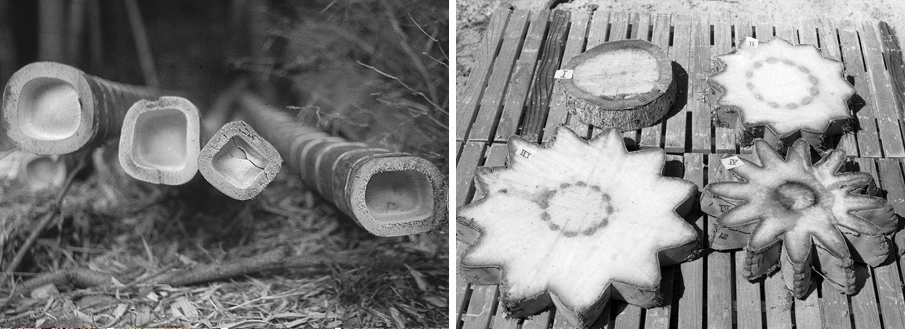

A surprising finding was that supercircles and superellipses occur widely in nature. With the advantage of a “botanical viewpoint” one finds a wide diversity of square or square-like shapes in nature. Many plants have square stems – which are more adapted to withstand forces of bending and torsion.
At the anatomical level square or rather cubelike cells are observed in almost all tissues of plants, most notably in onion roots and the structure of softwood. In plants with opposite phyllotaxis, the initial development of a flower bud is constrained to a square, which will force the flower to have just four petals, not five or seven.
When supershapes came onto center stage, it was immediately noted in a very wide range of plant cells, organs, tissues and plant form itself. The power of the generalization of supercircles for any symmetry made it possible to describe natural shapes into one single unifying geometric approach.Not only succulents and flowers, but also leaves, fruits, starfish, shells and mollusks, and patterns observed in fluid and solid physics. Gielis’ curves and surfaces provide a unifying description for natural shapes and a missing link between geometry and natural shapes.